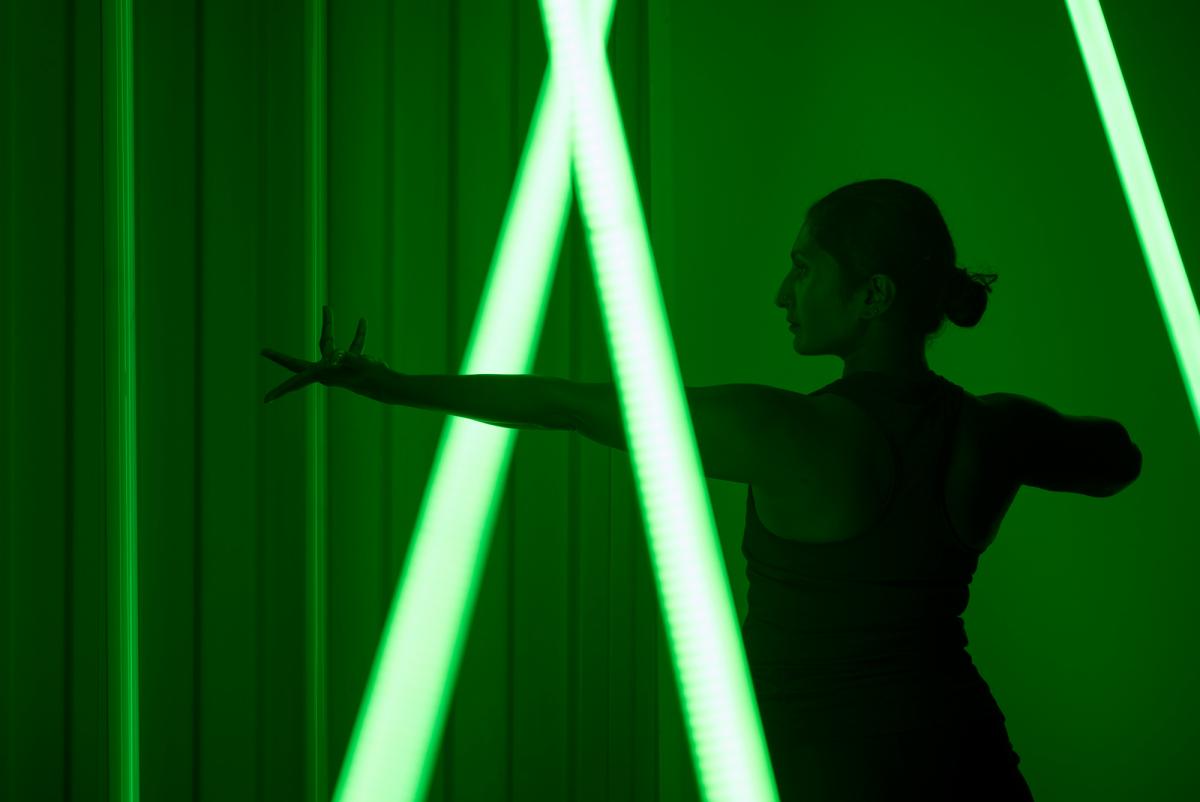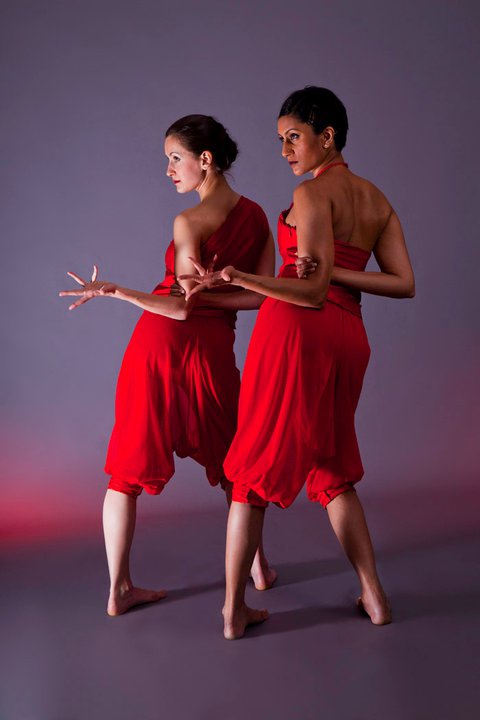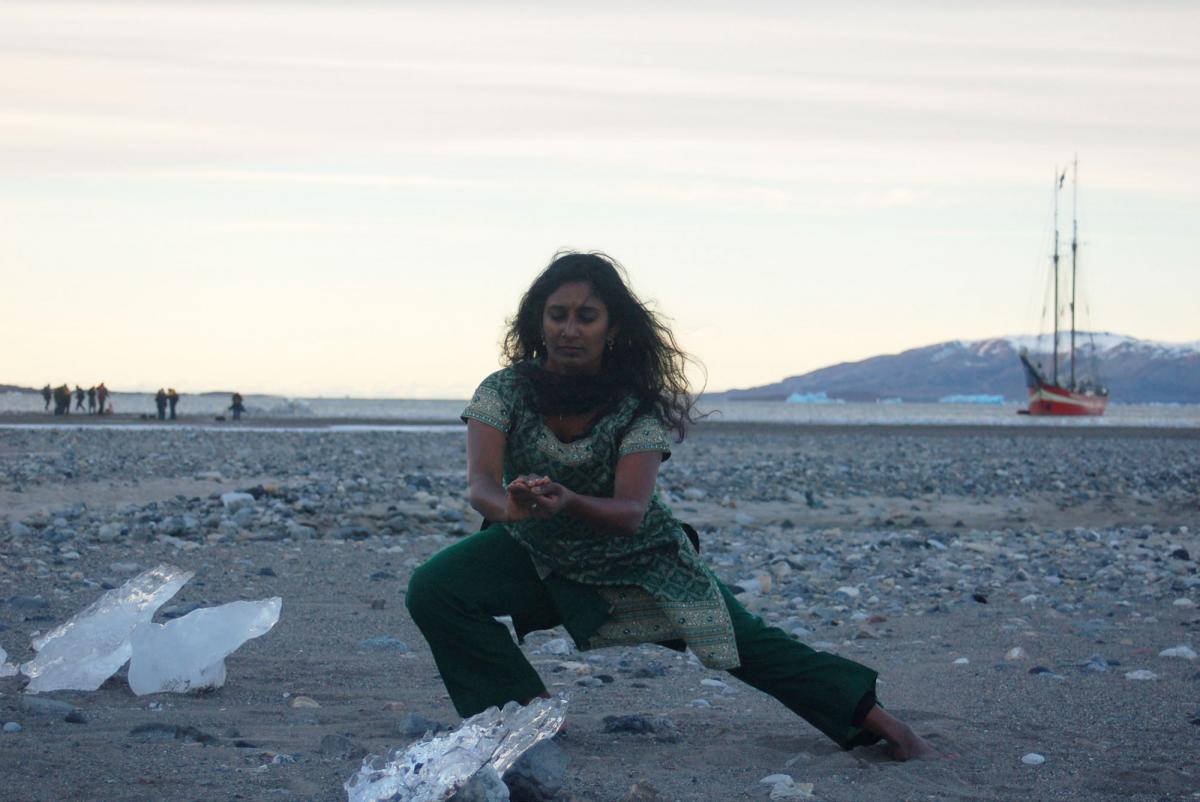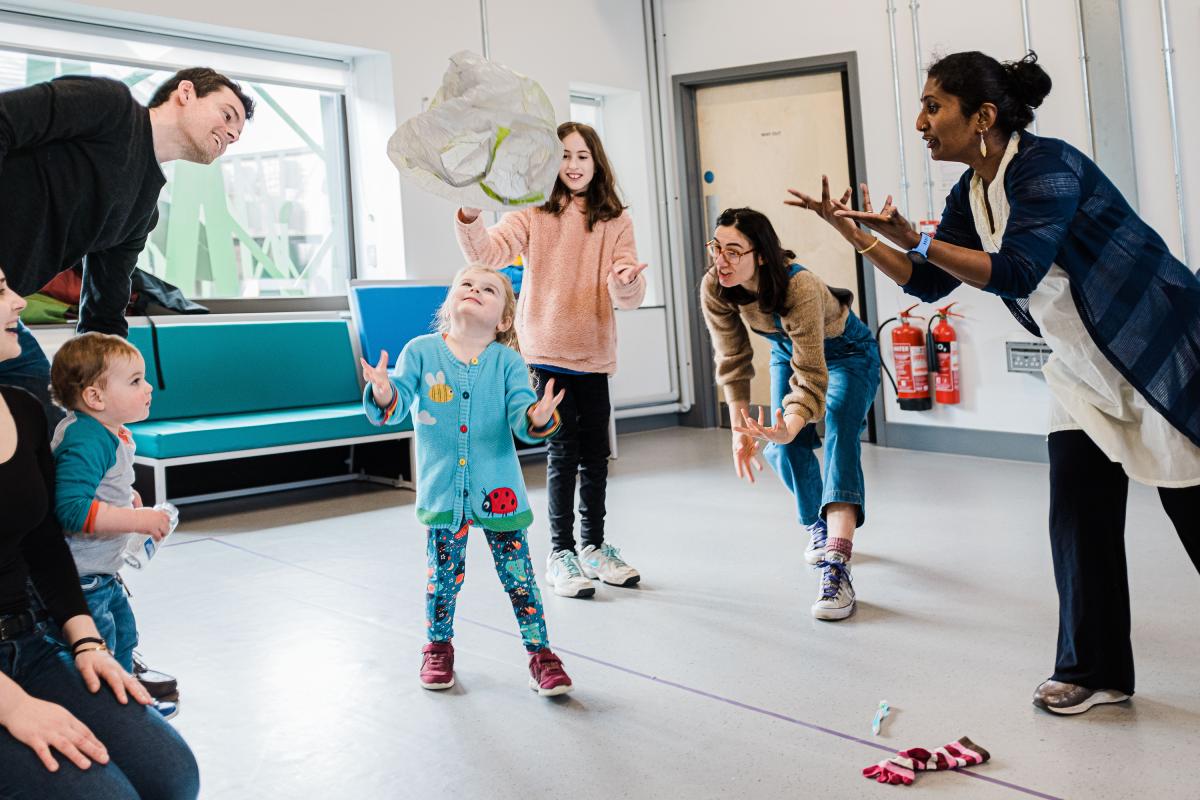Suba’s blog | My journey: How it started, how it’s going

In this new blogseries, our Artistic Director, Suba Subramaniam, shares her thoughts on South Asian dance, her creative journey and her vision for future. The first blog in this series is about her artistic journey across continents and her experiences of working athe confluence of art and science.
I speak with artists on a daily basis, some of whom have learnt classical dance forms in South Asia and who are developing their practice in the UK. My training in Bharatanatyam was no different – it was relatively traditional, but almost from the start provided me with incredibly diverse opportunities as a performer. In my latest blogpost, I talk about my journey from a young dance student in Malaysia to getting the opportunity to lead three major South Asian dance organisations in the UK, with the hope that this encourages young artists to dream big and find their own voices.
My training in South Asian dance was largely traditional, starting where I was born in Malaysia and continuing in London under Guru Prakash Yadagudde at The Bhavan, and leading to me earning a diploma in Bharatanatyam, music and theory.
From early days as a performer in the UK I had very diverse opportunities in diverse places: one night I might be dancing in a troupe on cobbled streets in Birmingham, the next on stage solo in front of dignitaries at the Bhavan. This gave me the versatility and resilience to just go out and perform, and not always in the most conducive conditions. That in turn has helped me be more open-minded and adventurous about how and where South Asian dance can be experienced.
For more than a decade I was joint artistic director of Angika which I co-founded with Mayuri Boonham in the late 90s. During that time I choreographed and performed in all the company’s duet and ensemble works which included Sudarsana, The Triple-Hymn, Kala, Pulse of Tala, Bhakti, Ether, Urban Temple, Soul of Light and Cypher. The works toured nationally and internationally at venues including: The Place, V&A, Royal Festival Hall, Tanzhaus in Germany, Sziget Festival in Hungary, Kampnagel in Germany and several festivals in Spain. Angika collaborated with world renowned artists such as Talvin Singh and Midival Punditz, and Jonathan Burrrows and Matteo Fargion. During that time I was also associate artist then co-artist in residence (2004–2006) at The Place in London.
I’ve always tried to be approachable from any angle and direction, working with a broad range of choreographers and other creatives in different settings, discovering along the way that I wanted to do something different in my work and find new routes and vehicles to transport audiences to big ideas and issues without the work ever being dull or didactic. My exploration of taking Bharatanatyam out of its traditional context stemmed from wanting to be more physical, picking up on familiar and time-honoured Bharatanatyam dance pieces and putting them down in less familiar settings and contexts, allowing for greater choreographic creativity and enabling them to be appreciated anew.
With this in mind, I set up Sadhana Dance in 2010, and much of what I helped create there is a result of collaborations and extended periods of research undertaken with leading scientists and scientific institutions. I toured works like The Shiver, Elixir, Under My Skin, and Unkindest Cut.

Another growing element of my work is science. I worked as a science teacher for nearly two decades and increasingly my choreography draws on and addresses scientific themes and issues. I firmly believe that dance can play an important part in boosting public understanding and engagement with scientific concepts.

In parallel to making meaningful art, I have been driven by the benefits that art, specifically South Asian Dance, can bring in the fields of community development and health and wellbeing.
Sadhana Dance quickly gained an excellent reputation for delivering education and participatory work, developing clear links between our performances, the curriculum and participatory projects. Our teaching was accessible, inspiring and inclusive where students feel safe, accepted and challenged regardless of age or ability.

Even though I still had many plans and goals for Sadhana, it felt right when the opportunity arose to take on the role as Artistic Director of Akademi. This was not only due to the similarity between their ethos and mine, but also because I have been through a journey with the organisation for over 25 years in different guises – as a workshop leader, a commissioned dance artist and a Board Trustee.
As an organisation, almost all the projects and work we do at Akademi involves the entire team, because everything and everyone is interconnected. We have a brilliant group of people who are all experts at what we do, but we also come from a place where although expertise is valued, collaboration is valued even more.
